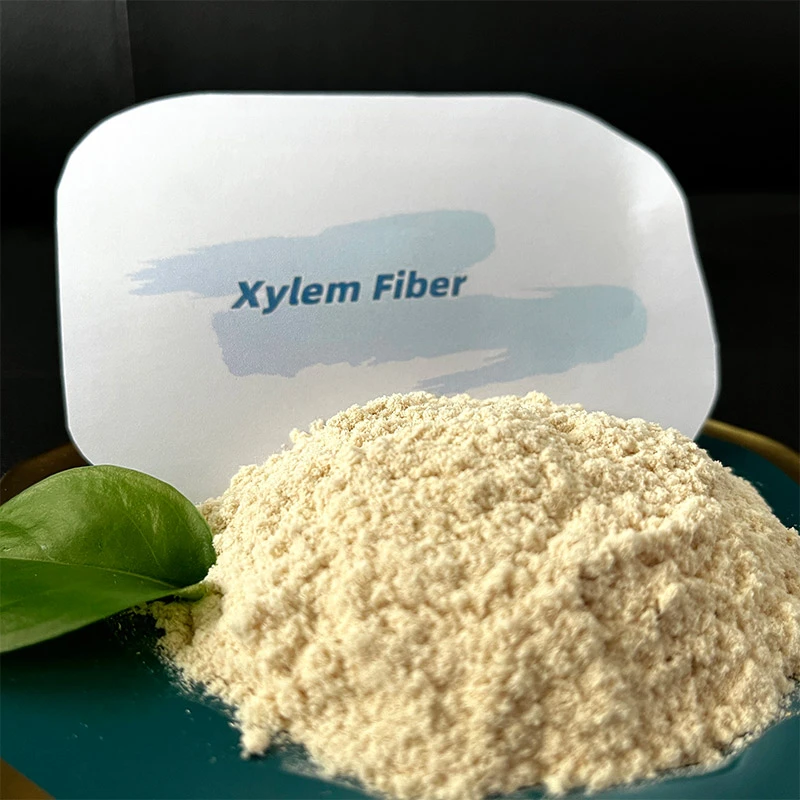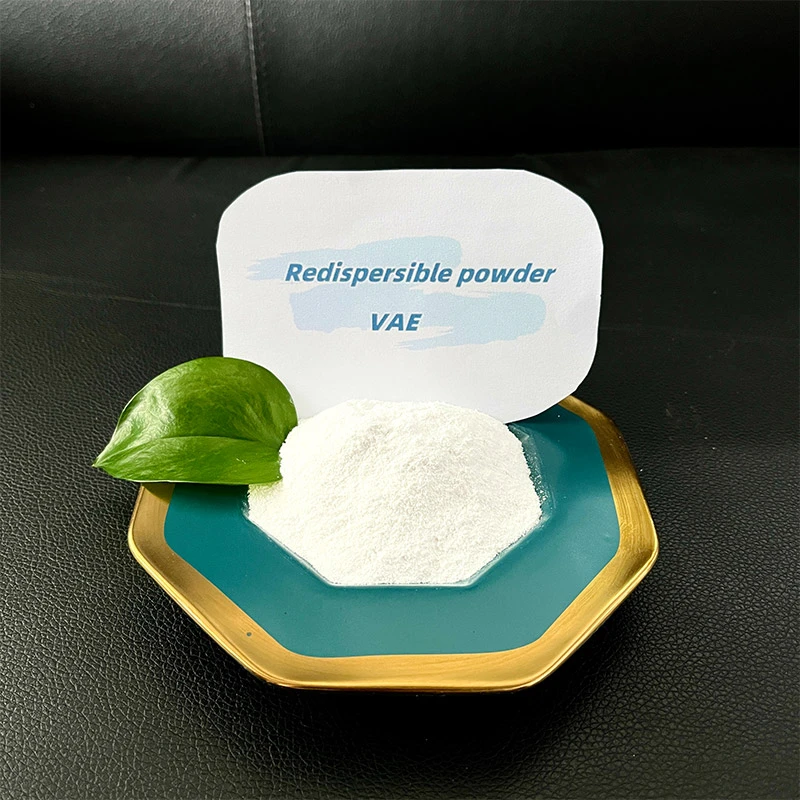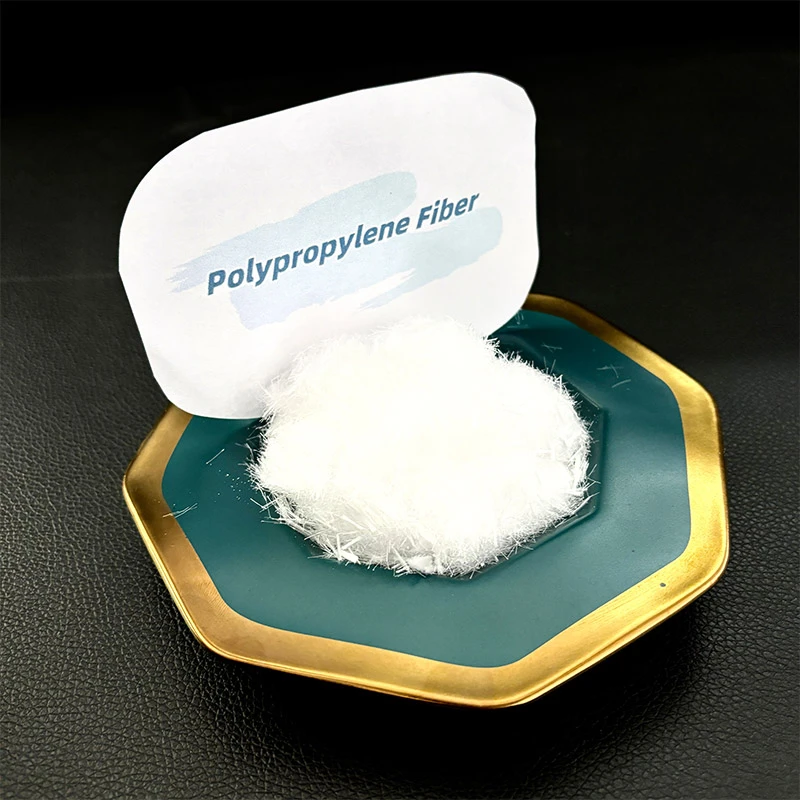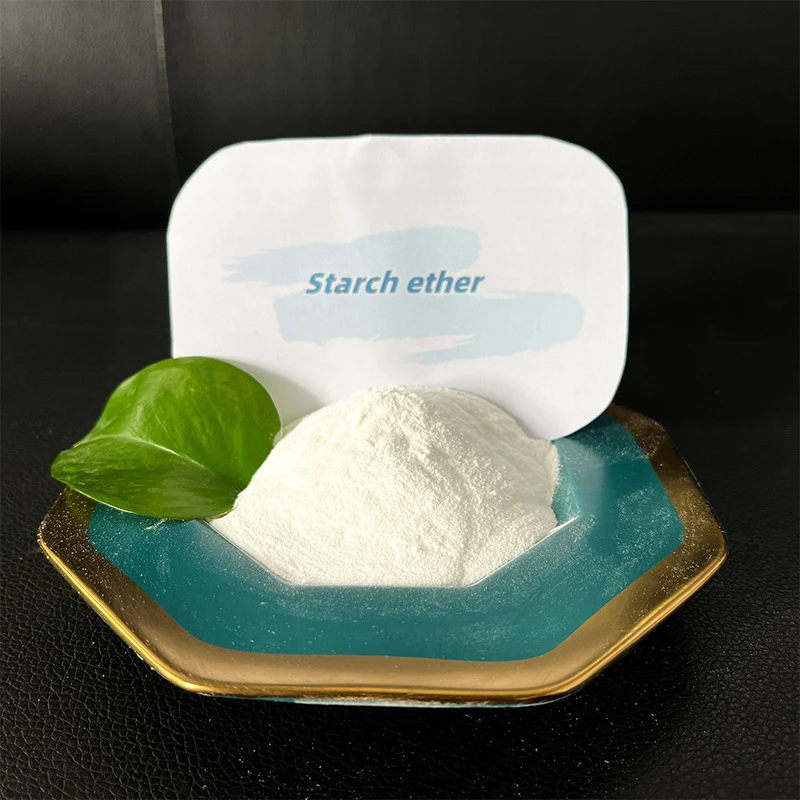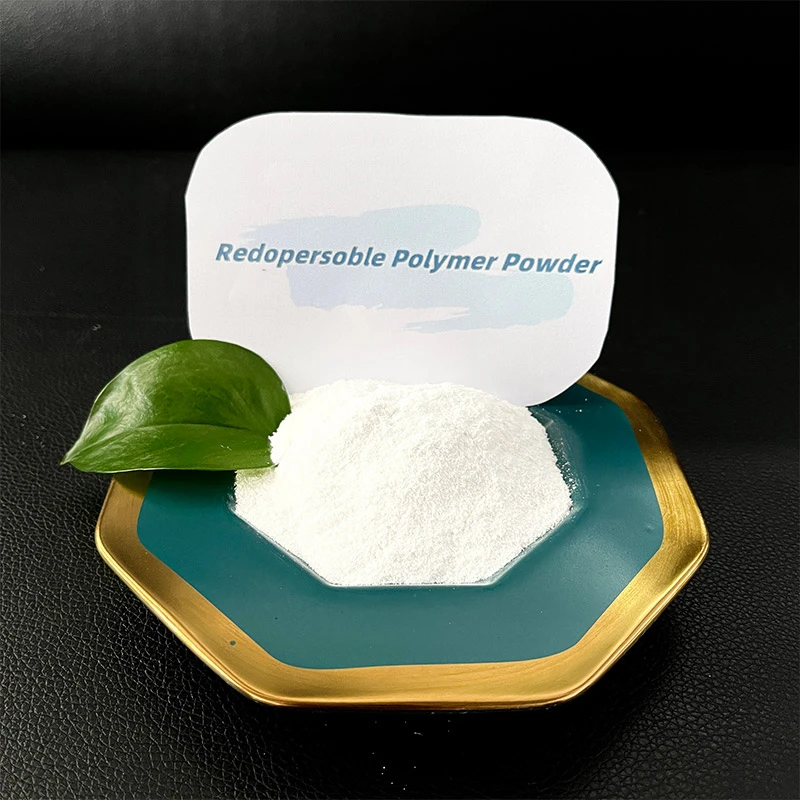
-

Ekle: HeBei ShengShi HongBang Selüloz Teknolojisi CO.,LTD.
-

E-posta
13180486930@163.com -

BİZE ULAŞIN
+86 13180486930

Rubber Powder Durability in Construction
The enduring performance of kauçuk tozu in building materials stems from its inherent molecular structure and physical properties. Derived primarily from recycled tires or industrial rubber waste, this granular material possesses exceptional resistance to environmental degradation. Unlike many construction additives, kauçuk tozu exhibits remarkable resilience against freeze-thaw cycles, moisture ingress, and UV radiation – key factors compromising traditional materials. The cross-linked polymer chains within the rubber particles resist chemical breakdown, maintaining elasticity over decades. When incorporated into matrices like concrete or asphalt, mikronize kauçuk tozu creates a flexible network that accommodates structural movement and thermal expansion without cracking. This intrinsic flexibility prevents the brittle failure common in unmodified rigid composites, translating directly to extended service life for infrastructure exposed to dynamic loads and harsh climates. The durability isn't merely additive; it fundamentally alters the failure mode of the host material.
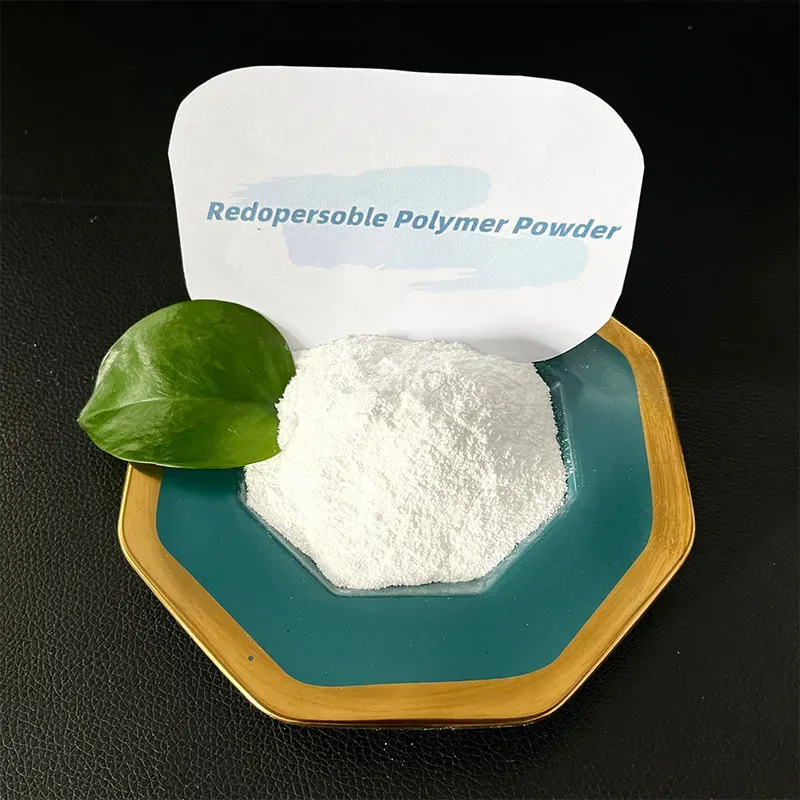
Superior Performance of Micronized Rubber Powder
Refining kauçuk tozu into mikronize kauçuk tozu significantly elevates its durability contribution. Produced through cryogenic grinding or advanced ambient processes, micronized particles achieve unparalleled dispersion within cementitious or bituminous binders. This ultra-fine particle size dramatically increases the interfacial surface area between the rubber and the matrix. Consequently, stress transfer becomes more efficient, minimizing localized points of weakness. Mikronize kauçuk tozu enhances cohesion within the composite, reducing water permeability by filling microscopic voids and creating a more tortuous path for moisture and aggressive agents like chlorides or sulfates. This refined particle structure also improves the powder's bonding with cement hydrates or asphalt binders, mitigating delamination risks. Crucially, the smaller particle size allows mikronize kauçuk tozu to distribute stresses more uniformly throughout the material, preventing crack initiation and propagation far more effectively than coarser grades. The result is composites exhibiting superior fatigue resistance, reduced spalling, and significantly slower degradation rates under abrasion or impact.
Rubber Powder for Enhanced Surface Protection
A specialized application leveraging kauçuk tozu's durability is toz boya kauçuk. This technique involves electrostatically applying a dry blend incorporating finely ground kauçuk tozu and thermosetting resins onto metal or concrete surfaces, followed by thermal curing. The fused coating forms a continuous, seamless membrane where the kauçuk tozu particles are intimately bound within the polymer matrix. The resulting toz boya kauçuk layer delivers exceptional multi-faceted protection:
Abrasion and Impact Resistance: The inherent toughness and elasticity of the rubber particles absorb mechanical energy, protecting substrates from wear, chipping, and impact damage in high-traffic areas or industrial settings.
Chemical and Corrosion Barrier: The coating acts as a formidable barrier against moisture, deicing salts, mild acids, alkalis, and industrial pollutants, preventing corrosion of underlying steel in reinforced concrete or metal structures.
Weathering Stability: UV-resistant resins combined with the stable rubber particles ensure the toz boya kauçuk maintains its integrity, adhesion, and colorfastness under prolonged sun exposure and wide temperature fluctuations.
Crack Bridging: The flexible nature allows the coating to bridge existing hairline cracks in concrete substrates, preventing water ingress and further deterioration. This makes toz boya kauçuk ideal for protecting bridges, parking structures, pipelines, and architectural elements.
Factors Influencing Rubber Powder Performance
Maximizing the durability benefits of kauçuk tozu ,requires careful consideration of material and application factors:
Particle Size Distribution: Optimal performance hinges on selecting the right particle size. Coarse kauçuk tozu provides bulk elasticity in shock-absorbing layers, while mikronize kauçuk tozu excels in matrix modification for crack resistance. For toz boya kauçuk, ultra-fine, consistent particles ensure smooth film formation.
Cleaning and Decontamination: Effective removal of steel cord, fabric, and contaminants from recycled rubber is non-negotiable. Impurities act as initiation points for degradation, compromising adhesion in composites and coatings.
Surface Modification: Treating kauçuk tozu particles with silanes or other coupling agents dramatically improves adhesion to inorganic matrices like cement or asphalt. This prevents debonding under stress or moisture exposure, a critical factor for long-term composite integrity.
Dosage and Mix Design: Overloading composites with kauçuk tozu can negatively impact compressive strength and workability, potentially offsetting durability gains. Finding the optimal dosage through rigorous testing is essential. For toz boya kauçuk, the rubber-to-resin ratio dictates flexibility versus hardness.
Application Quality: For coatings, surface preparation (blast cleaning, profiling) and precise application/curing parameters are paramount for achieving the durable, adherent film promised by toz boya kauçuk technology.
FAQs about Rubber Powder
How does rubber powder withstand decades of weathering in concrete?
The exceptional weathering resistance of kauçuk tozu arises from its stable polymer backbone, primarily composed of cross-linked carbon-carbon and carbon-hydrogen bonds highly resistant to UV photodegradation and hydrolysis. Unlike organic additives that may biodegrade or hydrolyze, the inert nature of vulcanized rubber ensures it doesn't break down in alkaline concrete environments or leach harmful substances. Mikronize kauçuk tozu's fine dispersion further minimizes exposed surface area vulnerable to oxidation. Combined with the protective alkaline environment of concrete, this grants kauçuk tozu remarkable longevity, often exceeding the service life of the concrete structure itself without significant property loss.
Does micronized rubber powder improve freeze-thaw durability?
Absolutely. Mikronize kauçuk tozu significantly enhances freeze-thaw resistance in cementitious materials. Its hydrophobic nature reduces overall water absorption in the composite. More importantly, the flexible rubber particles create millions of microscopic, compressible voids within the matrix. When water trapped in capillary pores freezes and expands, these rubber-modified voids act as pressure relief chambers, absorbing the expansion stress instead of forcing the surrounding concrete to crack. This mechanism, combined with reduced permeability from better particle packing, makes mikronize kauçuk tozu a potent defense against the destructive scaling and cracking caused by repeated freeze-thaw cycles.
Can powder coating rubber prevent corrosion on steel-reinforced concrete?
Yes, toz boya kauçuk applied to the concrete surface is a highly effective corrosion protection strategy for underlying steel reinforcement. It functions as a near-impermeable barrier, drastically reducing the ingress of water, oxygen, and chloride ions – the essential components for corrosion initiation and propagation. The excellent adhesion and crack-bridging ability of the cured toz boya kauçuk film ensure long-term integrity, preventing debonding that could allow corrosive agents to reach the steel. Furthermore, its electrical insulation properties hinder electrochemical corrosion processes.
Will rubber powder leach harmful substances over time?
High-quality, properly processed kauçuk tozu derived from tires or industrial sources exhibits minimal leaching. Modern production involves rigorous washing, decontamination, and removal of soluble impurities. The vulcanization process used in tire manufacturing creates a stable, cross-linked polymer network that is highly resistant to chemical breakdown in typical construction environments. Reputable manufacturers provide leaching test data demonstrating compliance with environmental regulations for construction use. Concerns primarily relate to zinc from tire vulcanization or trace organics, but levels in compliant kauçuk tozu are well below thresholds posing environmental or health risks in building applications.
How does rubber powder durability compare to polymer modifiers?
Kauçuk tozu offers distinct durability advantages over many liquid polymer dispersions . While both enhance flexibility and adhesion, kauçuk tozu possesses inherent resistance to UV degradation and higher temperature stability. Liquid polymer films can embrittle or degrade under intense UV exposure or high heat, compromising long-term performance. Kauçuk tozu, being a solid particulate derived from already vulcanized rubber, maintains its elastic properties over a wider temperature range and is virtually unaffected by UV light.
The strategic integration of kauçuk tozu, particularly mikronize kauçuk tozu, into building materials represents a paradigm shift towards enhanced durability and sustainability. Its unique ability to impart flexibility, reduce crack propagation, improve impact and abrasion resistance, and provide superior weathering stability directly translates to structures that endure.If you are interested, you can click https://www.sshbhpmc.com/ consult us.
-
Properties of Starch EtherHaberlerJun.26,2025
-
Insulation Material Polypropylene FiberHaberlerJun.26,2025
-
How to Utilize Hydroxymethyl Cellulose EffectivelyHaberlerJun.26,2025
-
Eco-Friendly Redispersible Polymer PowderHaberlerJun.26,2025
-
Benefits of Plaster RetardersHaberlerJun.26,2025
-
Why HPMC for Sale Is EssentialHaberlerJun.05,2025
-
The Role of Retarder in GypsumHaberlerJun.05,2025







